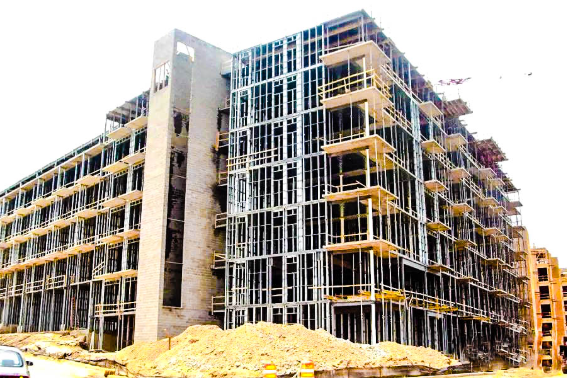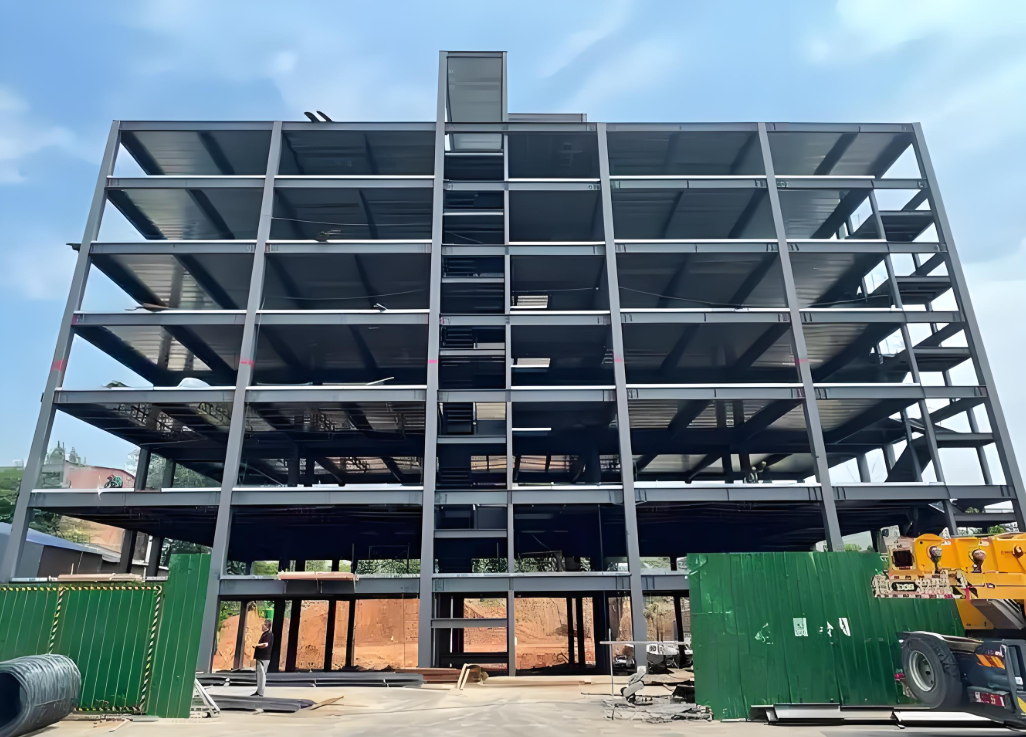Common Measures in Steel Structure Reinforcement Technology

Steel structures, primarily composed of steel materials, are one of the main types of building structures. They consist of components such as steel beams, columns, and trusses made from rolled steel sections and plates, typically connected by welds, bolts, or rivets. Due to their lightweight nature and ease of construction, steel structures are widely used in large factories, stadiums, and super high-rise buildings.
Key Characteristics of Steel Structures:
High strength, low self-weight, excellent rigidity, and deformation capacity, making them ideal for large-span, ultra-tall, and heavy-duty buildings.
Homogeneous and isotropic material properties, aligning well with engineering mechanics assumptions.
Superior plasticity and toughness, enabling significant deformation and effective resistance to dynamic loads.
Short construction periods and high industrialization, allowing mechanized, specialized production.
Reinforcement Needs for Damaged Steel Structures:
Damage often arises from:
Overloading or extended service life, leading to insufficient load-bearing capacity.
Deformation or section loss in components due to accidents (e.g., twisting, cracking).
Thermal stress-induced deformations (e.g., expansion/contraction cracks).
Corrosion from chemical or electrochemical reactions, weakening cross-sections.
Design/construction errors or improper usage during service.

Primary Reinforcement Techniques:
Section Strengthening Method
Reinforcing local or entire components with steel plates or sections to enhance load-bearing capacity through composite action.
Modification of Structural System
Adding supports or adjusting load distribution to reduce internal forces.
For statically indeterminate structures, imposing controlled displacements at supports to alleviate stress concentrations.
Prestressed Cable Method
Utilizing high-strength cables to strengthen weak zones or improve overall stiffness, stability, and load capacity.
Innovations in Steel Structure Systems
Thermal bridge-free light steel systems: Special connectors eliminate thermal bridging, enhancing energy efficiency.
Truss-integrated utility routing: Allows electrical and plumbing systems to run within walls, simplifying construction and finishes.
Future Development Directions
Advancing high-strength steel materials to increase yield points.
Developing new rolled sections (e.g., H-beams, T-sections, profiled steel sheets) to meet demands of large-span and ultra-tall structures.
This translation maintains technical accuracy while ensuring clarity and readability for engineering professionals or students seeking to apply these concepts in practice or research.



